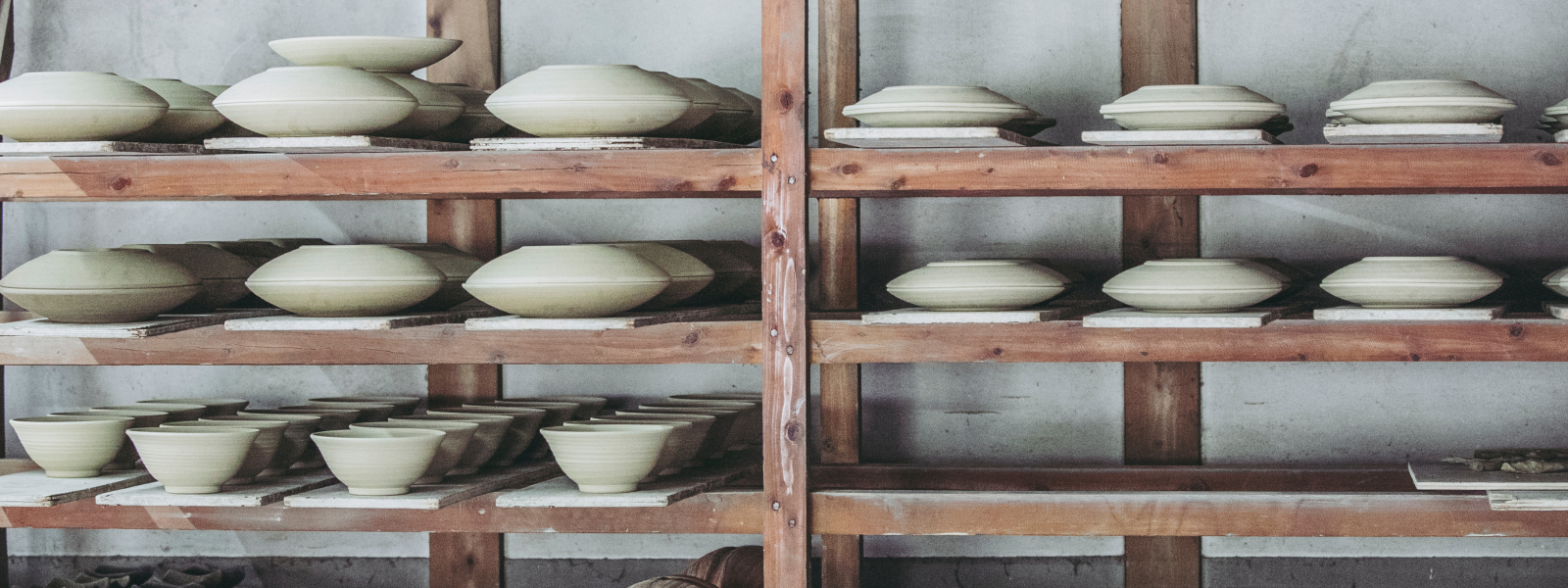Japan has been producing ceramics from ancient times.
Whether it be pottery, porcelain, or glassware, craftsmen developed their special techniques to better suit their land and soil.
Here, we gathered some information based on ceramics we have in store.
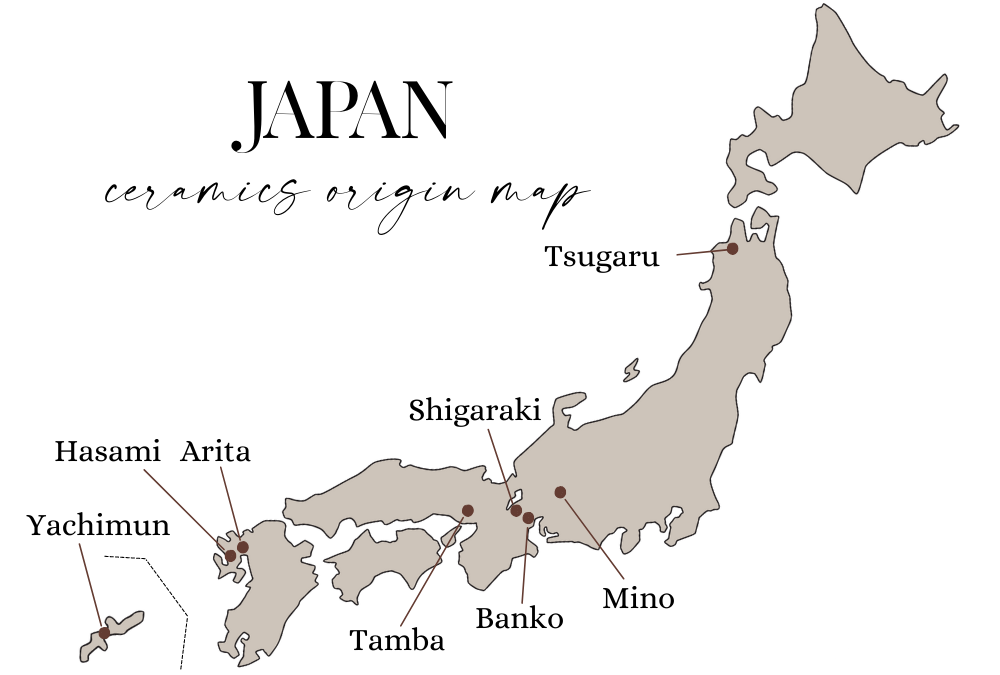
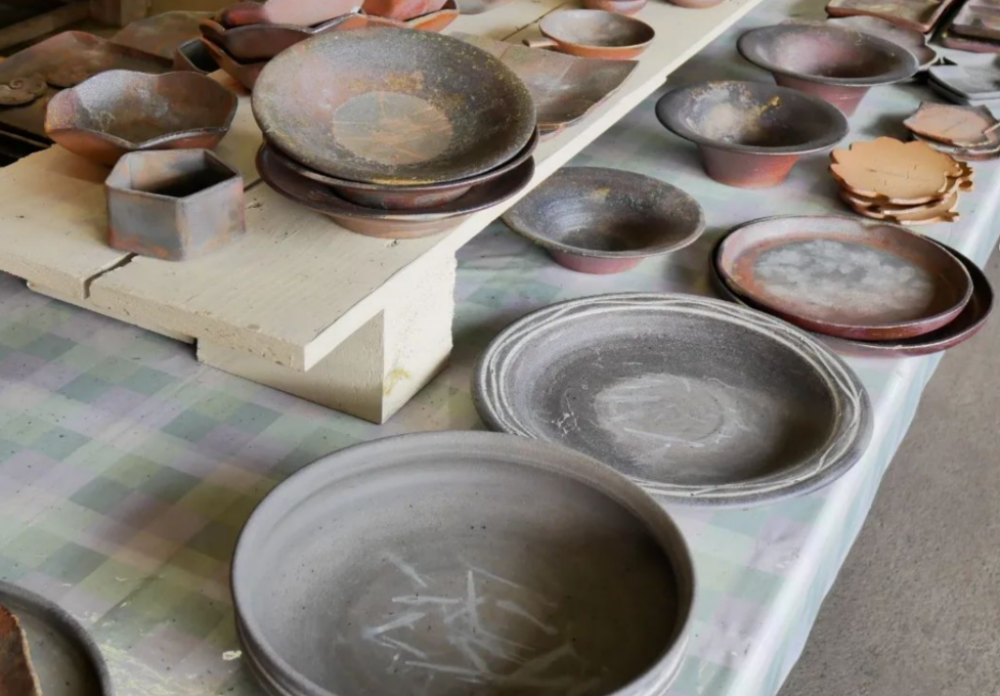
Tsugaru Ware
Tsugaru Ware has a simple yet distinctive charm that expresses the natural features of the Tsugaru region.Modern-day Tsugaru pottery exploits the character of the local soil, and uses an apple glaze made from the ash of apple tree bark and Tenmokuyu (black glaze). This Tsugaru Pottery method makes full use of the region’s natural features, creating simply-coloured but appealing pottery.
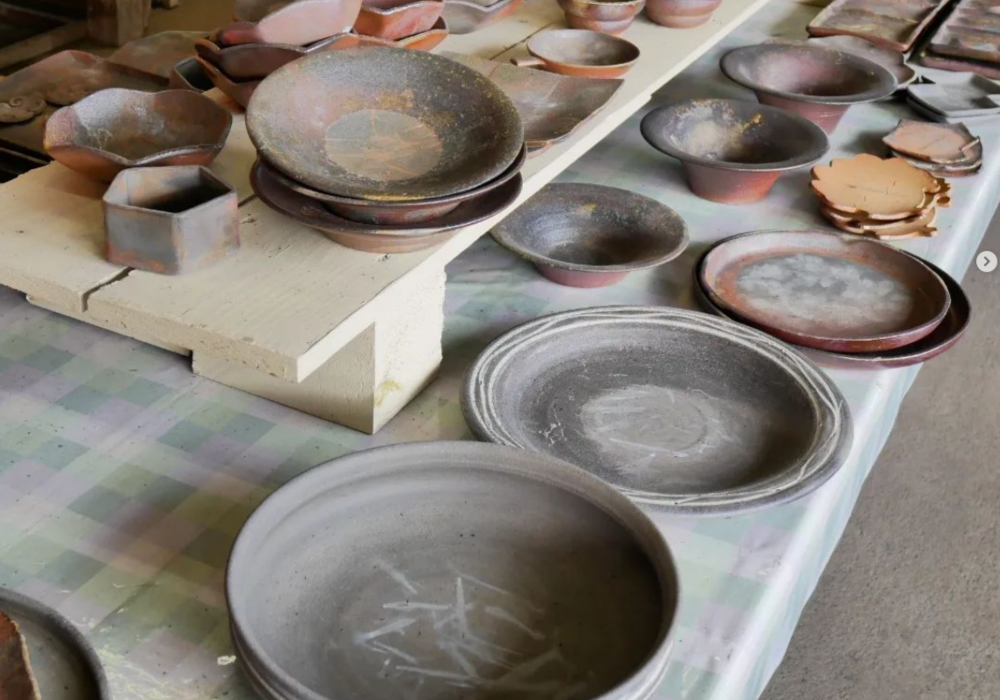
Mino Ware
Mino ware is known as Japan's largest producer of pottery. It has a history of over 1300 years and has successfully maintained its long history and tradition. They also integrate modern techniques. The main feature of Mino ware is its versatility. Mino ware does not have a single style, but instead has over 15 types of pottery registered as traditional handicrafts.
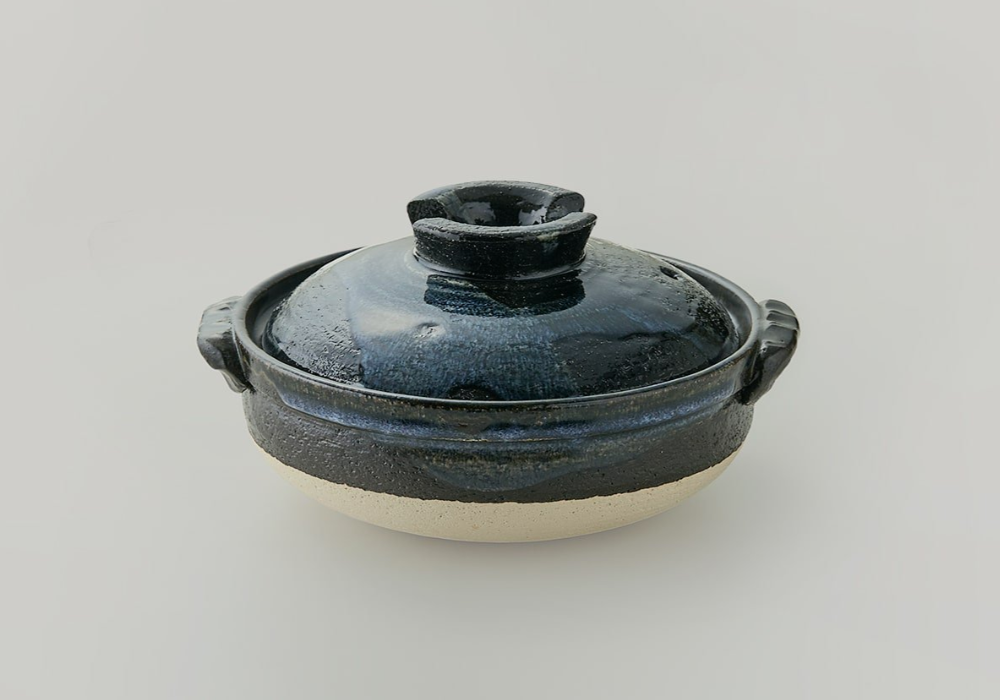
Banko Ware
Banko Ware is famous as an earthenware pot taking up 80 to 90% of the market share in Japan. Banko Ware has an amazing high fire resistance due to the amount of the lithum ore contained in the clay, making it durable enough to be used in microwave, charcoal fire, and open flames. Banko Ware are famous for their teapots which are also very popular.
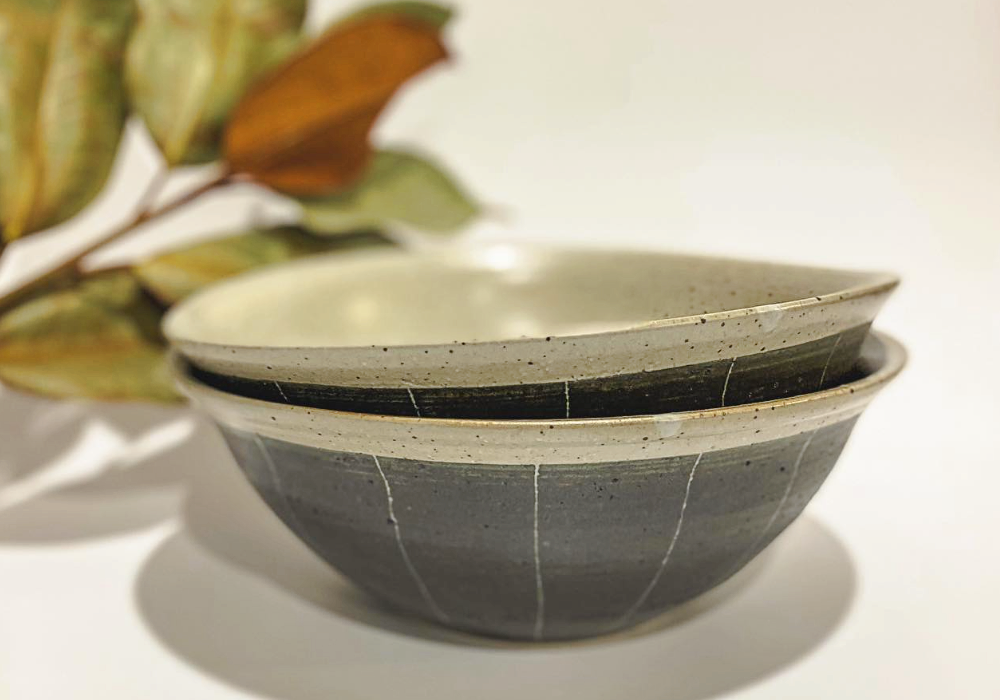
Shigaraki Ware
Shigaraki is known for one of Japan’s six ancient kilns in Japan. With its warm rustic simplicity and rich expressiveness, it gained popularity by many tea masters under the aesthetic sense of Wabi-Sabi. These days, more kilns are creating new designs by devising glazes and slips, whilst developing and also protecting its traditional techniques.
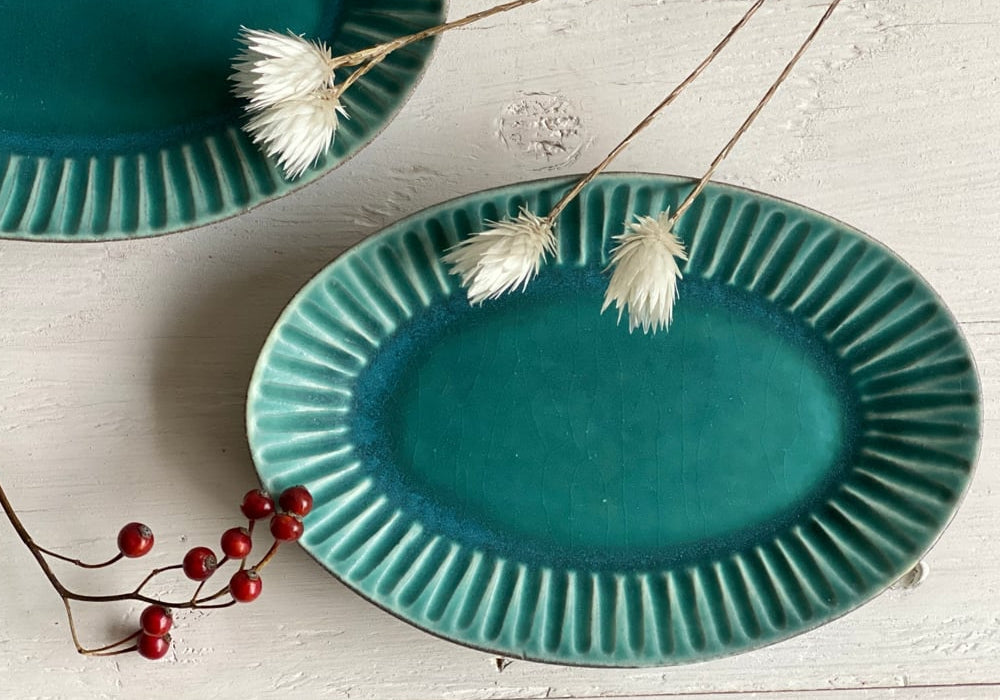
Tamba Ware
Tamba Ware is considered one of the six oldest kilns in Japan. It is said to have started from the end of the Heian period (around 1185), and their main focus has always been creating tools for everyday living.
Most kilns handcraft everything from soil preparation to firing by themselves. The expression of the vessel created from the "ash cover" in which the ash of pine wood melts with the glaze gives such a deep expression to its ceramics.
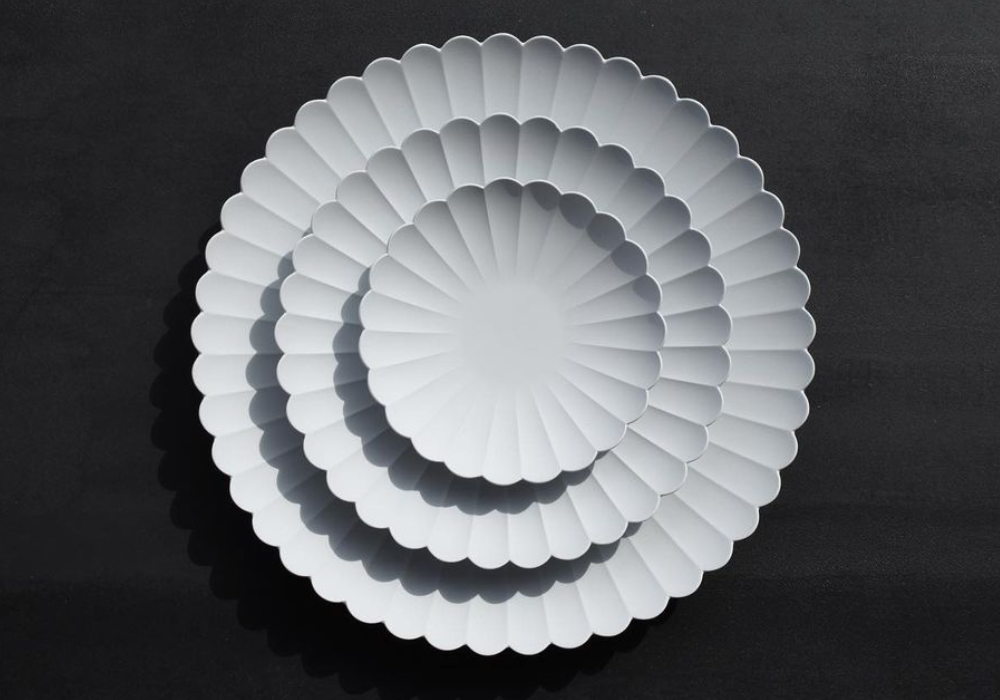
Arita Ware
Arita produced first ever porcelain in Japan, and has developed many different styles over its long history. It features colourful and delicate lines and paintings. Arita ware has many fine characteristics; it is thin, light, it feels almost like that of glass, yet solid. It is also durable and does not absorb water, making it therefore suited for tableware. We have modern collection of Arita ware with single colour right now, but would like to add more colourful ones to our store in the future.
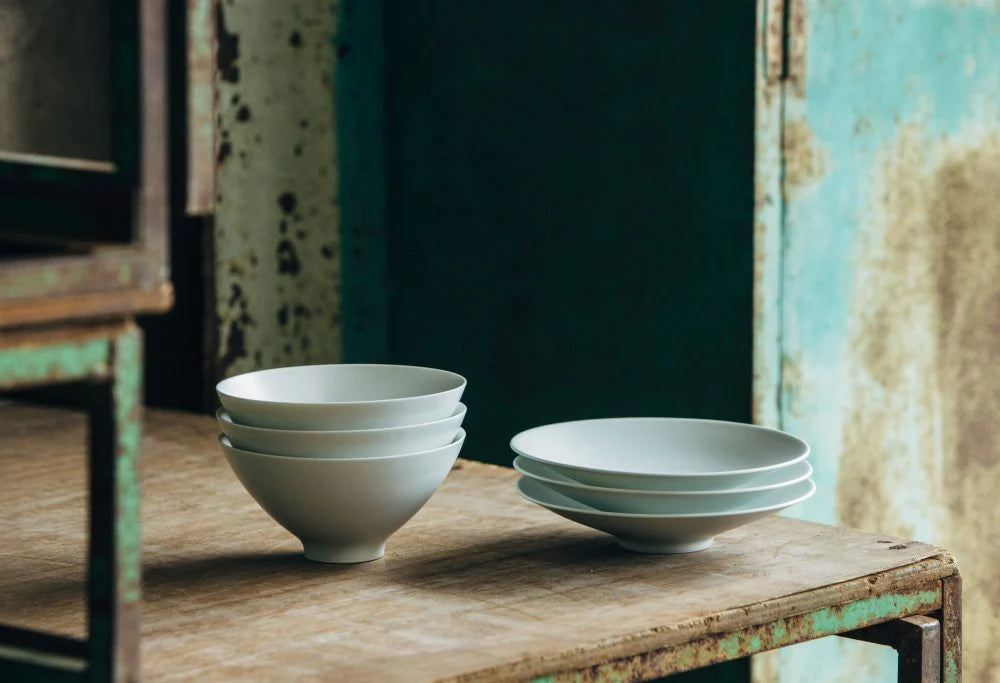
Hasami Ware
Hasami Ware is from the historic town of Hasami in Nagasaki prefecture. The pottery in this region began almost 400 years ago during the Edo period. Hasami ware is often mass-produced, so one craftsman does not complete one work from the beginning to the end, instead each professional craftsman work together to create one work.
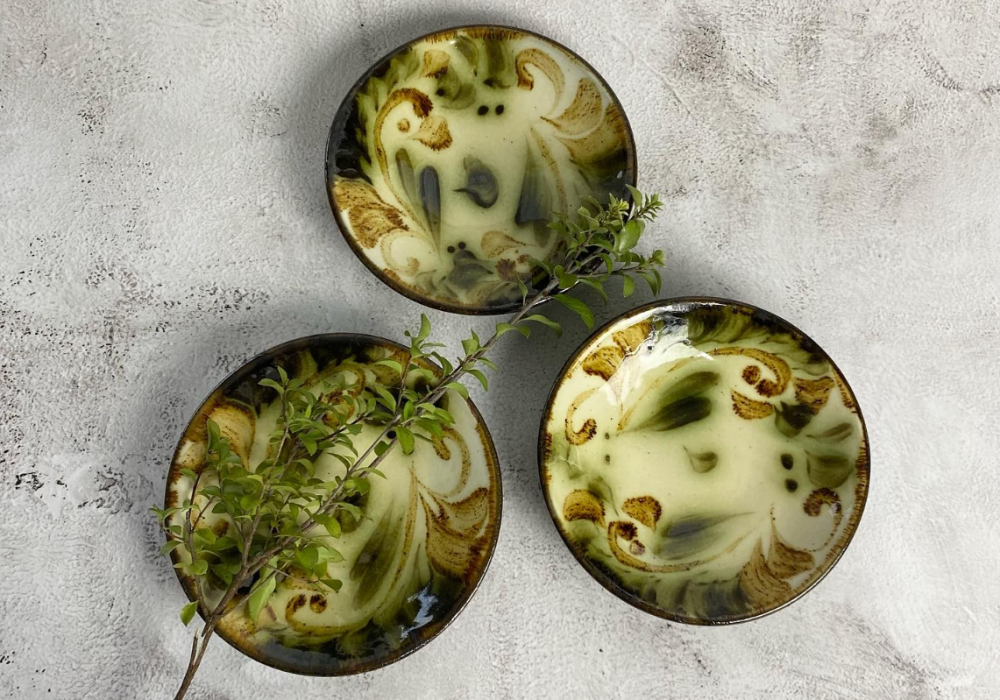
Yachimun (Tsuboya-Ware)
Yachimun means ceramics in Okinawan dialect and is believed to have a history of about 800 years.
Okinawa's crystal clear ocean and beautiful tropical nature are often portrayed in its pattern and glazing. Yachimun is known for its thick, warm, and simple yet beautiful form.

